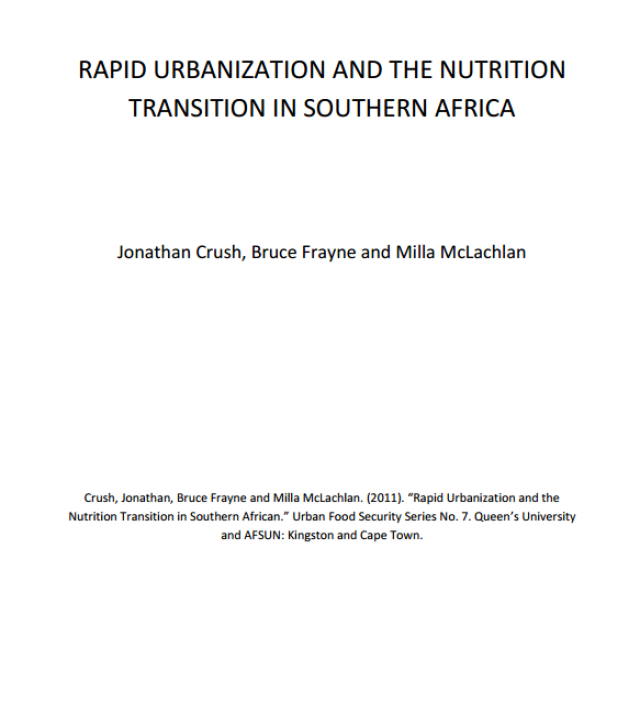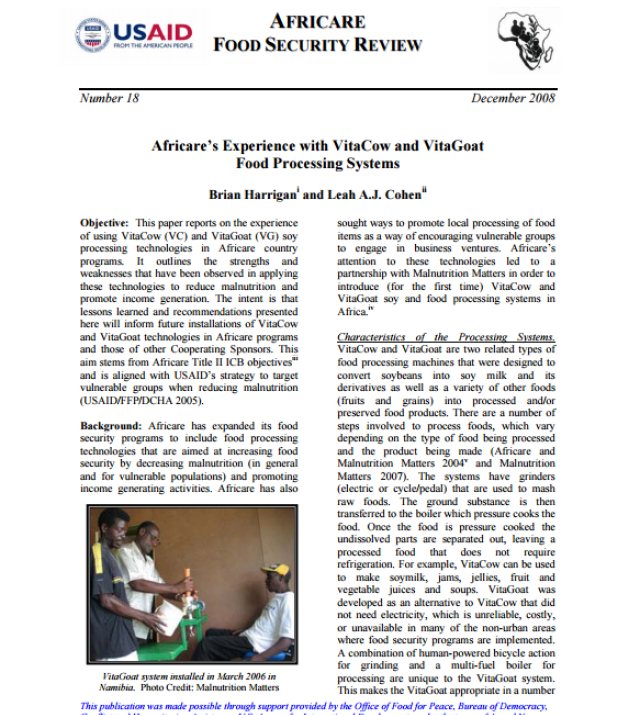
Comparative Research/Analysis – Months of Adequate Household Food

Africare began its food security interventions supported by P.L. 480 Title II resources with an activity in Guinea Bissau in 1990. The Africare Title II program has steadily grown; there were activities in eleven African countries with Title II funding during FY07. All of Africare’s activities have a similar set of interventions involving capacity building, agricultural productivity, and household nutrition. To the extent possible, a consistent set of impact indicators is used for each program.
As part of its Institutional Capacity Building (ICB) grant (FY03-FY08) from USAID/FFP, Africare identified the need to review the relationship of one of its key measurements of food security, Months of Adequate Household Food Provisioning (MAHFP), across different country programs, both in absolute terms and as compared to other impact indicators. This report presents the results of that research.
While immediate interventions that tend to improve the food security situation relatively quickly are important (and therefore the use of MAHFP to detect sudden changes that may indicate a dramatic crisis is extremely beneficial as a risk and shock indicator), improving a community’s ability to cope with food insecurity is also a long-term intervention (that is not detected by snap shot looks at average MAHFP) and may help mitigate the impacts of such sudden and short-lived drops in food security (as measured by MAHFP) on human welfare. It is important for programs and communities to understand the lag in impacts of food shortages so that interventions can be implemented early to head off the negative impacts that are yet to be observed in the data (stunting and weight for age).

